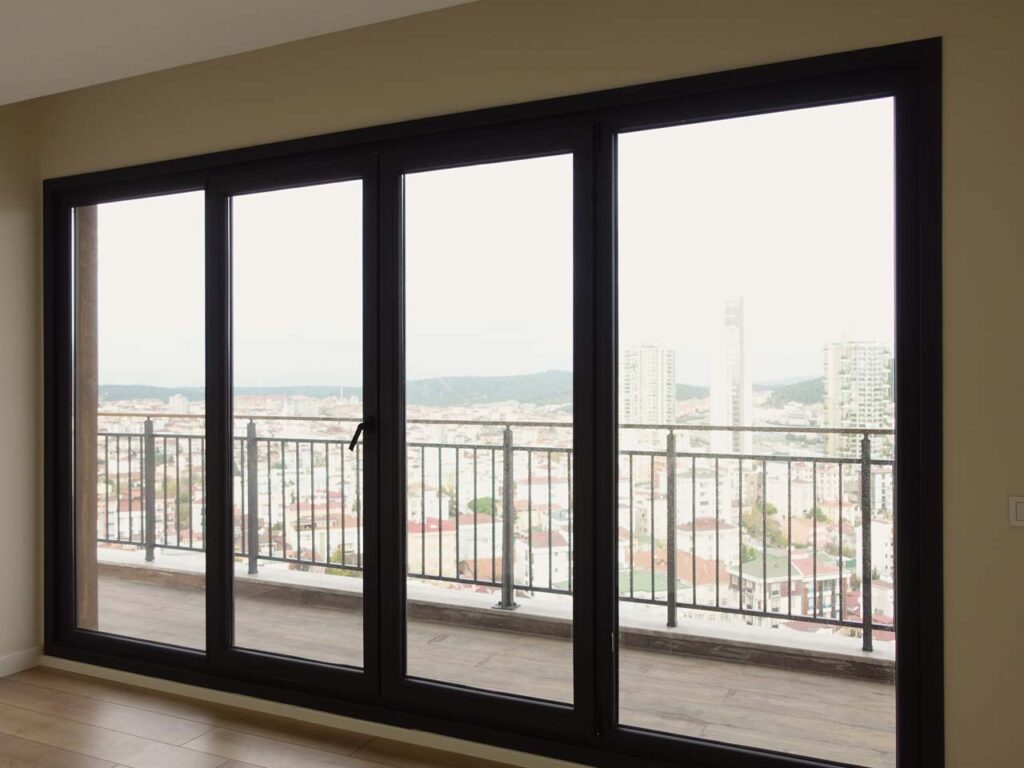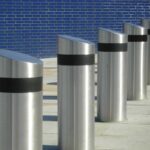Automatic sliding doors offer a seamless blend of functionality and style, making them a popular choice for various applications in both residential and commercial settings. Understanding the different types of automatic sliding doors can help you choose the best option for your specific needs. Here’s a comprehensive guide to the various types of automatic sliding doors available.
1. Single Slide Doors
Description: Single slide doors consist of one sliding panel that moves to the left or right to open and close.
Best For: Small spaces and areas with limited wall space on one side.
Advantages:
- Simple and cost-effective.
- Easy to install and maintain.
Applications: Residential homes, small retail stores, and offices.
2. Bi-Parting Sliding Doors
Description: Bi-parting sliding doors consist of two panels that slide in opposite directions, meeting in the middle when closed.
Best For: Wide entrances and areas requiring a grander entrance.
Advantages:
- Symmetrical and aesthetically pleasing.
- Provides a wider opening for high-traffic areas.
Applications: Shopping malls, hotels, airports, and large office buildings.
3. Telescopic Sliding Doors
Description: Telescopic sliding doors have multiple sliding panels that stack neatly when opened, providing a wider opening without needing as much wall space.
Best For: Areas with limited space but requiring a wide entrance.
Advantages:
- Maximizes opening width.
- Space-efficient design.
Applications: Hospitals, commercial buildings, and conference centers.
4. Curved Sliding Doors
Description: Curved sliding doors have a curved track, allowing the doors to open in a curved motion. They can be configured as concave or convex.
Best For: Unique architectural designs and creating a striking entrance.
Advantages:
- Visually appealing and elegant.
- Enhances the architectural aesthetics of a building.
Applications: Luxury hotels, high-end retail stores, and modern office buildings.
5. Circular Sliding Doors
Description: Circular sliding doors form a complete circle when closed and open by sliding along a circular track.
Best For: Entrances that require a dramatic and stylish look.
Advantages:
- Offers a unique and impressive entrance.
- Provides a 360-degree access point.
Applications: Museums, exhibition centers, and premium commercial buildings.
6. Sliding Folding Doors
Description: Sliding folding doors, also known as bi-fold doors, consist of multiple panels that fold and slide to the side when opened.
Best For: Large openings and spaces where a fully open area is needed.
Advantages:
- Allows for a fully open doorway.
- Space-saving when folded.
Applications: Patios, terraces, large conference rooms, and restaurants.
7. Hermetic Sliding Doors
Description: Hermetic sliding doors are designed to create an airtight seal, often used in environments requiring high levels of hygiene or controlled conditions.
Best For: Cleanrooms, laboratories, and medical facilities.
Advantages:
- Provides an airtight seal.
- Ensures controlled environments remain uncontaminated.
Applications: Hospitals, pharmaceutical industries, and high-tech manufacturing facilities.
Conclusion
Automatic sliding doors come in various types, each designed to meet specific needs and enhance the functionality and aesthetics of different spaces. Whether you need a simple solution for a residential entrance or a sophisticated design for a commercial building, there’s an automatic sliding door to suit your requirements. By understanding the features and benefits of each type, you can make an informed decision that aligns with your space’s demands and design vision.





